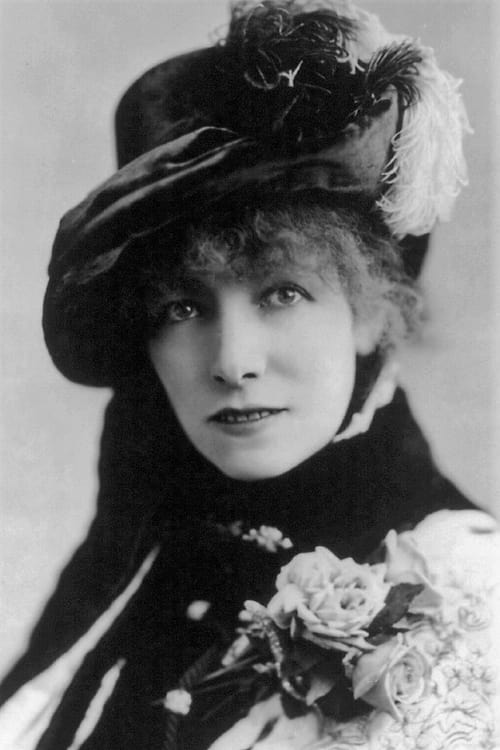
Sarah Bernhardt (born Henriette-Rosine Bernard, 22 or 23 October 1844 – 26 March 1923) was a French stage actress who starred in some of the most popular French plays of the late 19th and early 20th centuries. She also played male roles, including Shakespeare's Hamlet. French poet and dramatist Edmond Rostand called her "the queen of the pose and the princess of the gesture", while Victor Hugo pra...
Explore all movies appearances

No plot available for this movie.
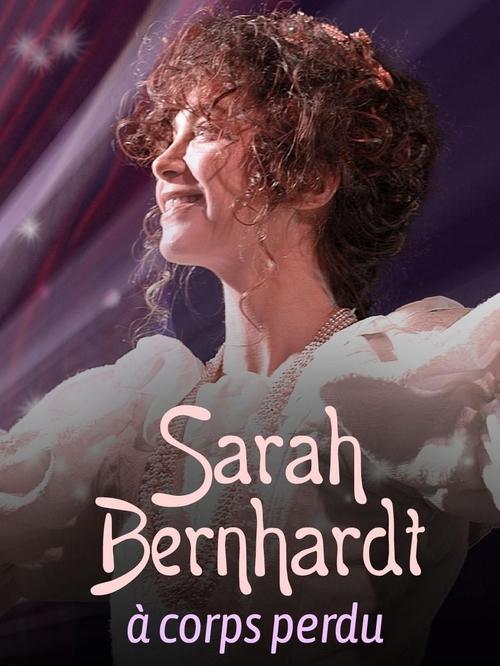
Television documentary about the life and importance of actress Sarah Bernhardt.
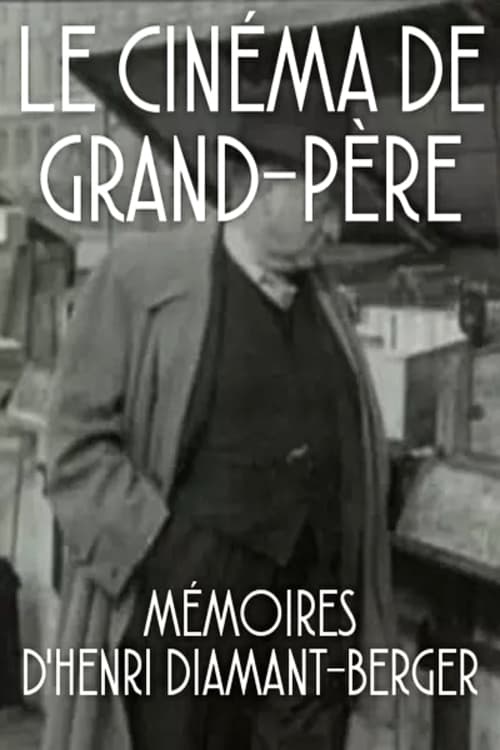
Remarkable life story of Henri Diamant-Berger, a director and screenwriter whose devotion to cinema led him to collaborate with some of the greatest actors and filmmakers of his time.
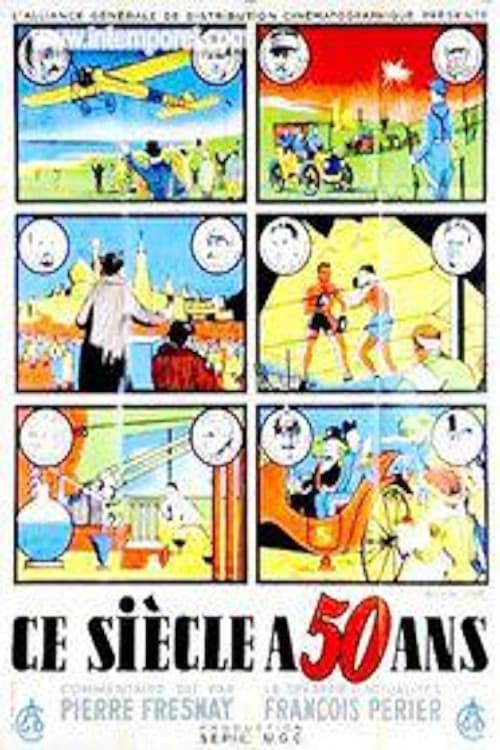
As the title of this French documentary indicates, Ce Siecle a 50 Ans examines the 20th Century at its halfway point. Utilizing the archives of several European film reserves, director Denise Tua offers a fascinating mosaic of the people and events that shaped the years 1900 to 1950. Complementing the vintage film clips are three dramatized sketches, delineating the romantic customs of three different points in time. These sketches are inadequately performed, and can easily be ignored. Ce Siecle a 50 Ans both preserved and provided celluloid material for scores of future documentaries.
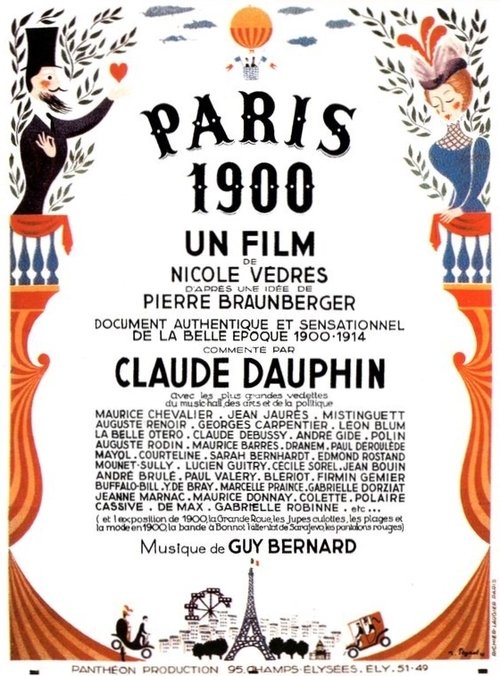
Nicole Védrès' chronicle of Paris from 1900 to 1914 is brought to life through the use of original material, all authentic, secured from more then 700 films belonging to public and private collections. A few of the celebrities of the time shown are Enrico Caruso, Sarah Bernhardt, and Maurice Chevalier.
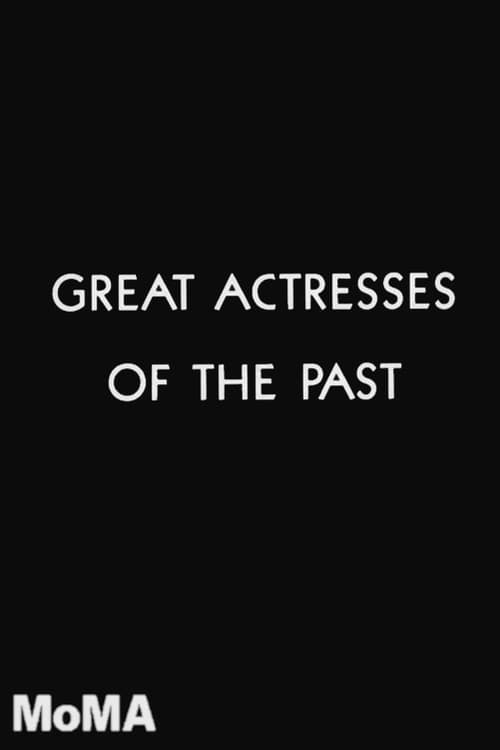
Compiled by The Museum of Modern Art Film Library in 1938, the film is a glimpse of the early 20th century’s finest stage performers— Gabrielle Réjane, Eleonora Duse, Sarah Bernhardt, and Minnie Maddern Fiske. The compliation contains excerpts from four films, adapted from four timeless stories: Madame Sans-Gêne (1911), Cenere (1916), La Dame aux Camélias (1912), and Vanity Fair (1915).
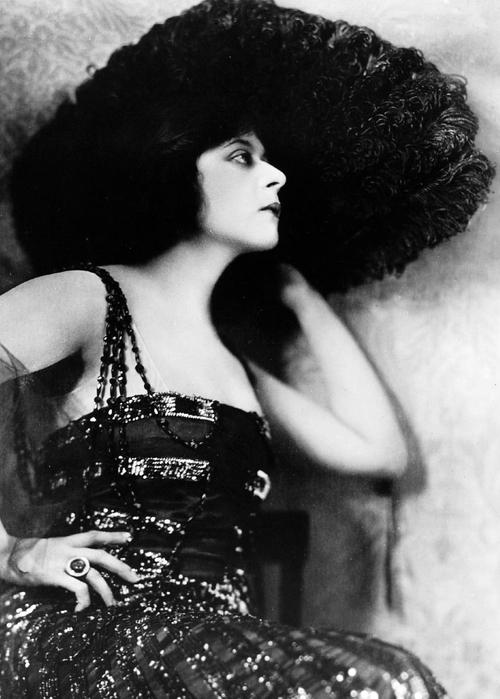
Stars of Yesterday documentary film.
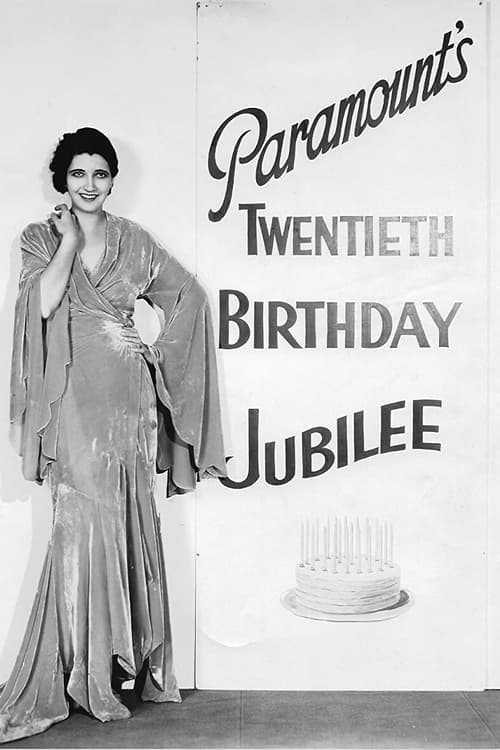
The House That Shadows Built (1931) is a short feature, roughly 48 minutes long, from Paramount Pictures made to celebrate the 20th anniversary of the studio's founding in 1912. It was a promotional film for exhibitors and never had a regular theatrical release and includes a brief history of Paramount, interviews with various actors, and clips from upcoming projects (some of which never came to fruition). The title comes from a biography of Paramount founder Adolph Zukor, The House That Shadows Built (1928), by William Henry Irwin.
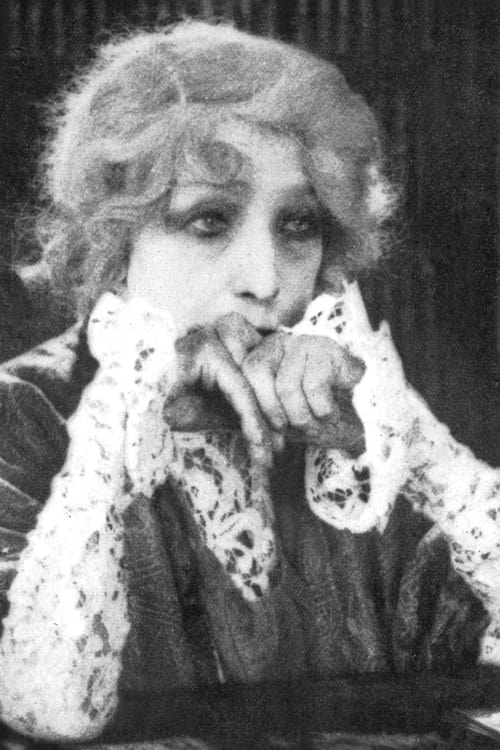
Jean is thrown out of the house by his father, a remarried politician, out of jealousy for his friendship with his mother-in-law. He finds refuge at an artist's apartment. In the same building lives a famous fortune teller that the mother-in-law just happens to consult. With her help, Jean will be able to marry his young sweetheart and his father will solve his political troubles.
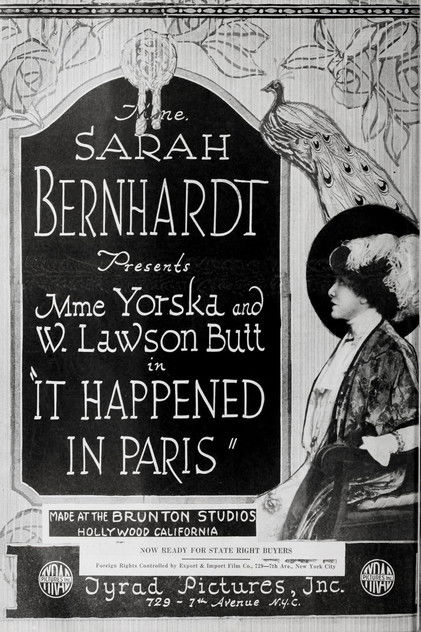
Penniless aristocrat Yvonne Dupré ekes out a living selling her paintings to a crooked dealer, Leon Naisson, who passes them off as other more famous artists. Leon confides to his unscrupulous model Romildo, that he is attracted to Yvonne. Romildo drugs his lover, fiery Apache dancer Juliette who closely resembles Yvonne, then tries to extort money from Leon to have his way with her. Leon discovers the duplicity but convinces the artist's sweetheart, Dick Gray, that she has been unfaithful. As police close in on Leon, he frames Yvonne by planting forged paintings in her studio. Following Yvonne's arrest, Juliette is informed by her foster sister that she was stolen by gypsies as a child and is actually Yvonne's twin sister. Juliette exposes Leon's operation to the police, reuniting Yvonne and Dick.
Subscribe for exclusive insights on movies, TV shows, and games! Get top picks, fascinating facts, in-depth analysis, and more delivered straight to your inbox.